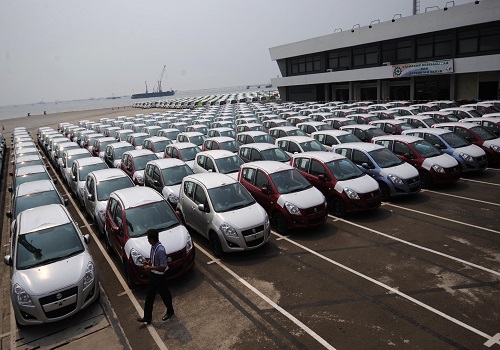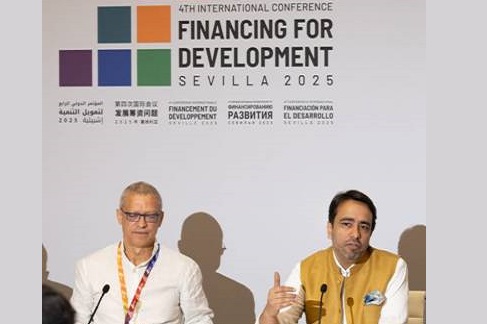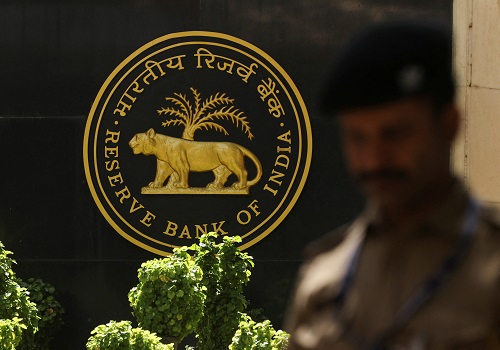NBFC Sector Update - Pre-packaged resolutions, performance-based incentives to facilitate timely resolutions By Emkay Global

Pre-packaged resolutions, performance-based incentives to facilitate timely resolutions
We hosted an expert call with Mr. Supratim Sarkar, EVP & Group Head at SBI Caps, who has been closely involved in the formation of NARCL and large resolutions in the past. The key agenda of the call was to understand 1) the need for a separate national asset reconstruction company (ARC) with so many private peers around,, 2) operational structure and functioning of NARCL (ARC) and IDRCL (AMC), 3) potential resolution strategy and the success mantra for NARCL with a history of bad bank failures across the globe, and 4) ways to reinvigorate IBC amid a sluggish pace of resolutions. Here are the key takeaways:
* Genesis of a national ARC and the structure: The idea of forming a bad bank had been in discussion for a long time, but it faced many issues in terms of structure, funding, valuations, lower provisions and resolution process. The need for a national ARC, despite having many private peers, was the painfully slow process of the sale to these ARCs due to valuation issues, slower & longer resolution given fragmented holdings/objective of each ARC, huge funding required to buy large NPAs and also in a way to protect PSB employees from a witch-hunt for decisions made in hindsight. NARCL (min 51% PSB ownership) will be the custodian of NPAs, while IDRCL (max 49% PSB ownership) will manage the assets. IDRCL management will be largely drawn from the private pool and will be offered a salary and performance-linked incentives.
* Life of NARCL/govt guarantee limited to 5 yrs; hope abounds for higher success rate: NARCL will be dissolved after a 5-year tenure and the validity of the government’s guarantee for security receipts (SRs) is also 5 years. This limit is set in order to process timely resolutions and is practiced worldwide. Mr Sarkar expects 85% of the cases to be resolved in 2-3 years and expects the unresolved cases from last year to be rushed to liquidation before NARCL is dissolved. However, the government has an option to extend the term and even the mandate (NPAs beyond identified pool/more tranches) of NARCL. That said, there are moral hazards attached to running a bad bank on an ongoing basis.
* NPAs to be transferred in tranches; tradability of SRs still remains unclear: Lenders in consultation with IBA have identified NPAs worth ~Rs2tn (~90-100% provided), of which Rs900bn will be transferred to NARCL in the first tranche. There could be a bidding process with other ARCs, but NARCL would have an advantage of govt-backed SRs. Our discussion with bankers suggests that the net realization rate for the pool could be ~18%, of which 15% will be paid upfront in cash and the balance via SRs. SRs could be tradeable, subject to clarity from RBI/SEBI. Private banks too will be allowed to transfer their stake to NARCL.
* Pre-packaged resolution process can accelerate resolutions: The expert believes that apart from removing structural/legal hurdles in IBC, a pre-packaged resolution for large corporates is the way to go, similar to the one being introduced for MSMEs. Under the prepackaged insolvency resolution process (PIRP), main stakeholders come together to identify a prospective buyer and negotiate a base resolution plan before approaching the NCLT. These resolution packages are typically cleared by the NCLT in 2-3 sittings and have been a big success in SMEs. In fact, one circle of SBI could clear nearly 200 resolutions via PIRP. Since NARCL will aggregate the corporate debt and will act as a one-stop shop for buyers, PIRP could be successful under this structure.
* Privatization, institutional reforms next steps: The bad bank has been armed with a privately-managed AMC, performance-linked incentives and potentially innovative prepackaged resolution plans for corporates. However, it will still need the support of the economy/govt to succeed. PSBs will see a meaningful reduction in NPAs (>1% of loans), with a govt-backed guarantee. That said, after the operationalization of NARCL, the govt will have to accelerate the privatization of a few PSBs and augment them with radical institutional and governance reforms to ensure PSBs thrive amid rising competitive intensity. Among PSBs, SBI, BOB and Indian Bank are our preferred picks.
To Read Complete Report & Disclaimer Click Here
For More Emkay Global Financial Services Ltd Disclaimer http://www.emkayglobal.com/Uploads/disclaimer.pdf & SEBI Registration number is INH000000354
Above views are of the author and not of the website kindly read disclaimer



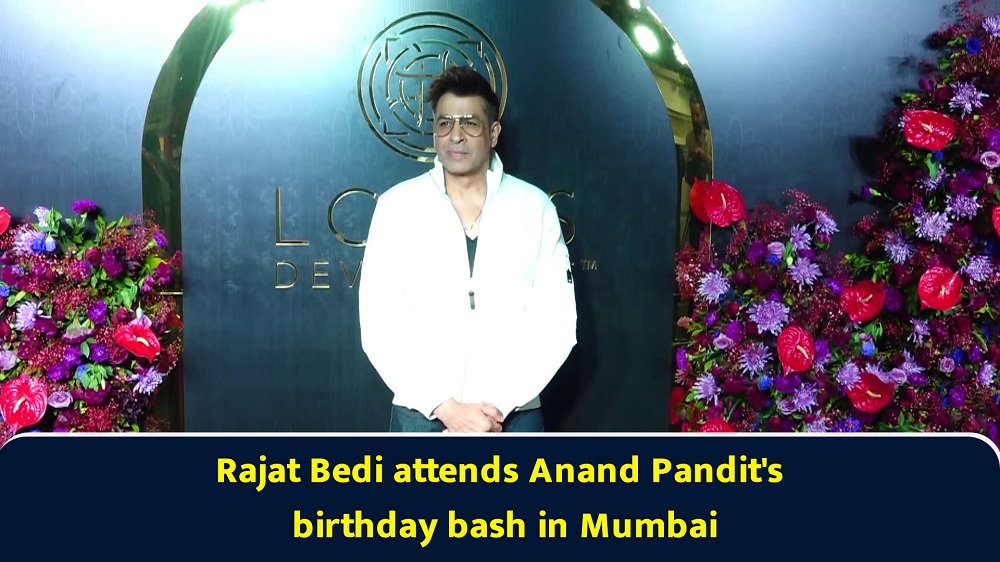


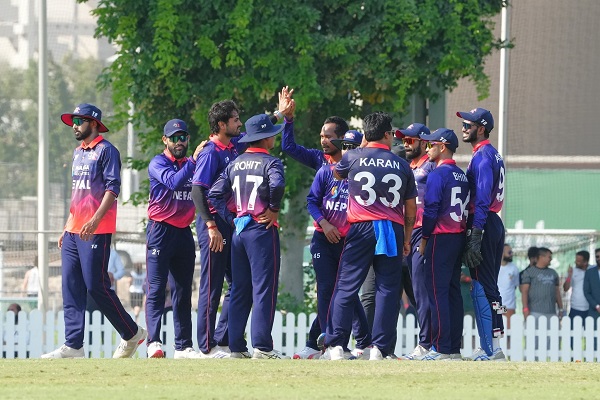



Tag News
More News

Auto Sector: US-EU auto proposal puts focus on manufacturing footprint by Kotak Institution...
